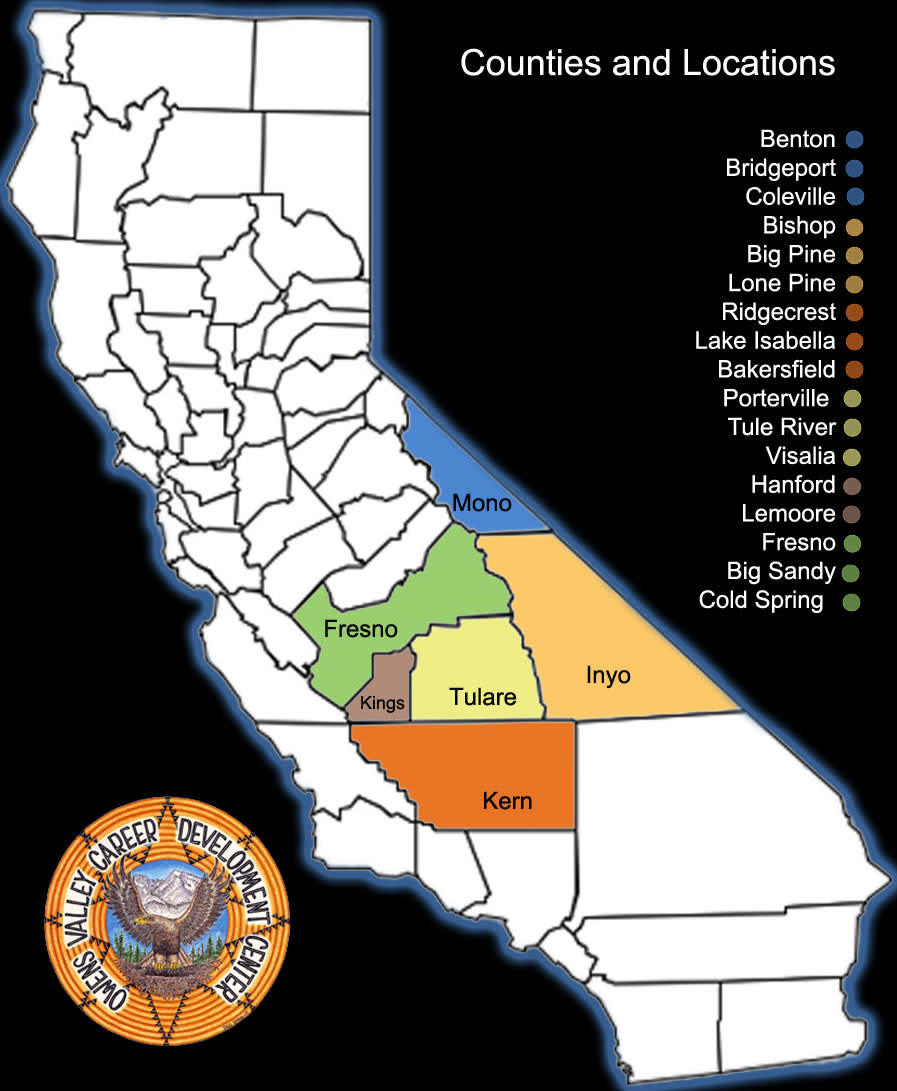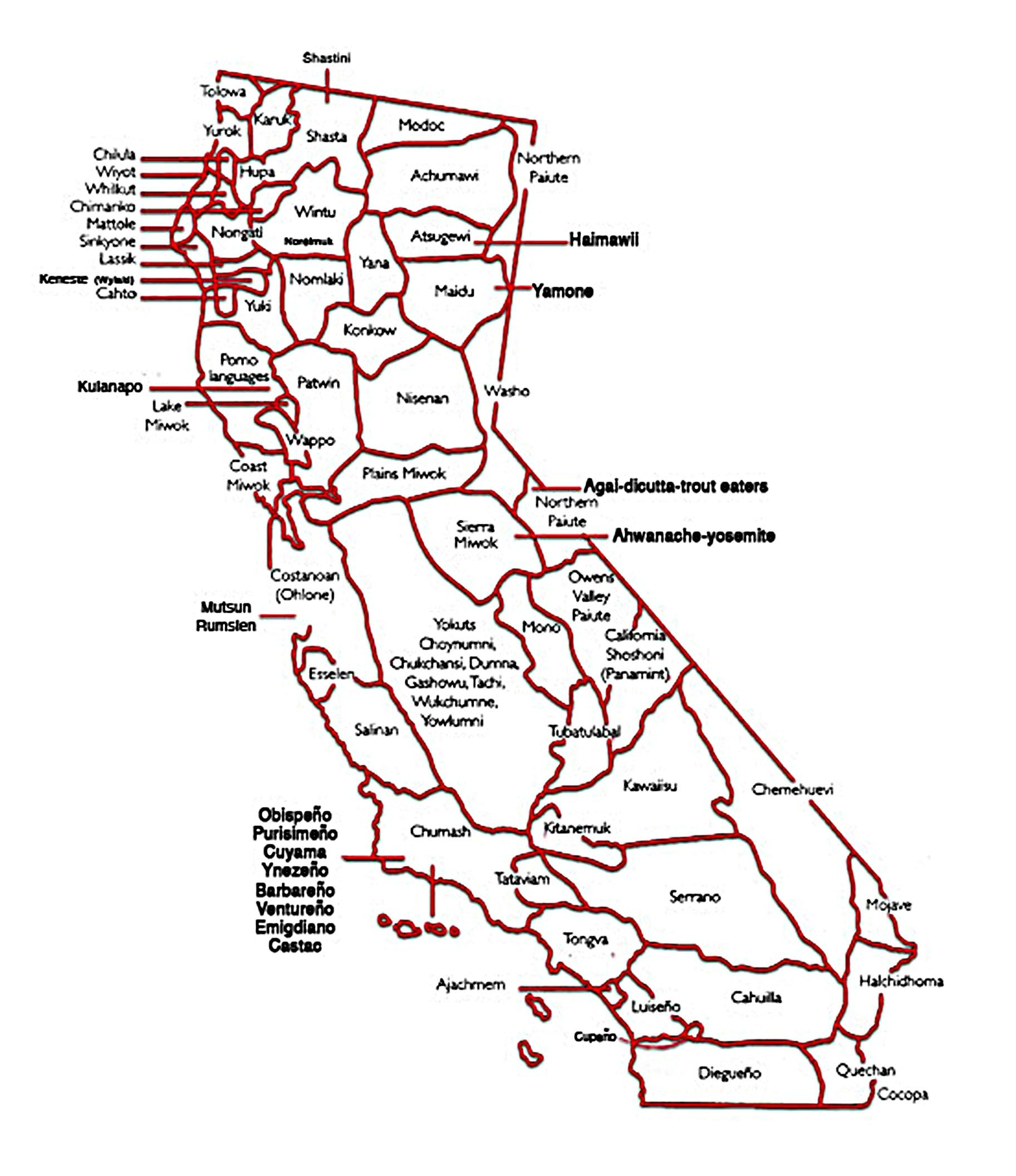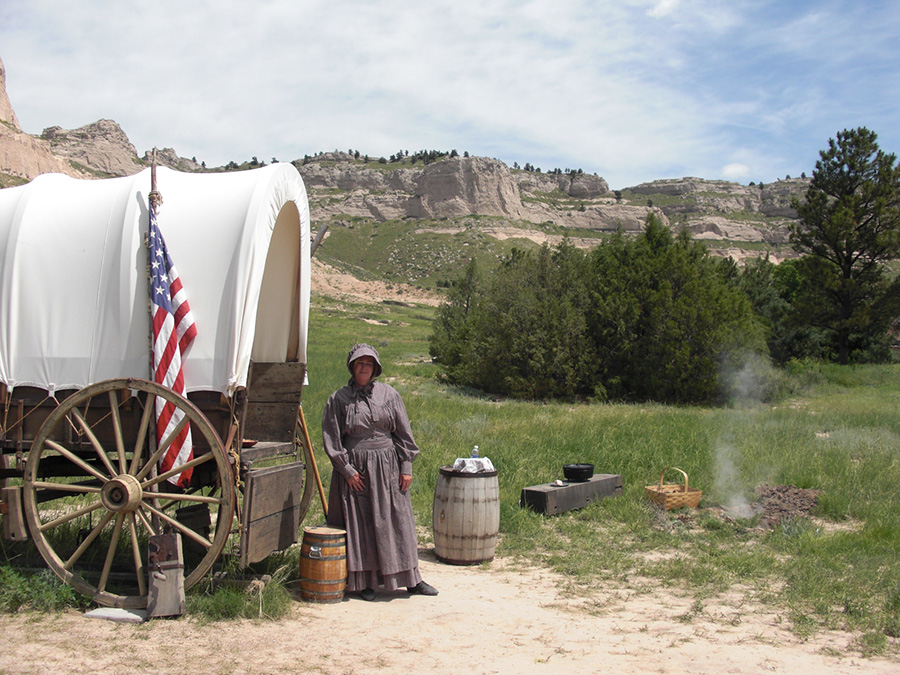Land of the Ancestors: A Glimpse into California’s Indian Reservations
Land of the Ancestors: A Glimpse into California’s Indian Reservations
California, the Golden State, is a land brimming with history, but its story isn’t just about Spanish missions and gold rushes. It’s also a story etched in the very soil, a story woven by the hands of its original inhabitants – the Native American tribes who have called this land home for millennia. Today, remnants of that rich heritage remain in the form of Indian reservations, scattered across the state like precious jewels.
These reservations aren’t just geographical entities; they’re living, breathing communities, each with its own unique culture, traditions, and struggles. They’re places where ancient languages still echo, where traditional dances are passed down through generations, and where the spirit of resistance against historical injustices continues to burn bright.
Related Articles: Land of the Ancestors: A Glimpse into California’s Indian Reservations
- Uncover the Native American Heritage of New Mexico: Discover the Number of Reservations and Their Significance
- Unlock Indonesia's Treasures: Your Guide to the 2023 Calendar
- Unveiling the Enchanting World of Pueblo Indian Tribes in New Mexico: Discoveries and Insights
- Unveiling The Hidden Histories Of Fremont: A Journey Through The Land Of The Ohlone
- Uncover the Native American Heritage: Discover the Number of Indian Reservations in Arizona
A Legacy of Resilience: Understanding California’s Reservations
Before we dive into the details, let’s rewind the clock a bit. California’s history is riddled with the tragic consequences of colonialism. The arrival of European settlers brought with it a wave of displacement, disease, and cultural suppression. Native Americans were forced off their ancestral lands, their way of life decimated.
The establishment of reservations was a direct result of this brutal history. They were meant to confine Native Americans to small, often barren, parcels of land, effectively stripping them of their sovereignty and self-determination. But, despite the hardships, these communities have persevered. They’ve clung to their heritage, fought for recognition, and carved out a space for themselves in the modern world.
More Than Just Land: The Heart of the Reservations
California’s reservations are far more than just geographical boundaries. They are vibrant communities with unique identities, each holding a piece of the state’s rich cultural tapestry. They offer a glimpse into a world that existed long before the arrival of Europeans, a world of deep spiritual connections to the land, intricate social structures, and a vibrant artistic tradition.
Tribal Sovereignty and Self-Governance:
One of the most crucial aspects of California’s reservations is their status as sovereign nations. This means that tribes have the right to govern themselves, make their own laws, and manage their own resources. It’s a hard-won right, a testament to the resilience of Native Americans who fought tooth and nail to maintain their autonomy.
Economic Diversification and Challenges:

The economic realities of reservations are often a complex tapestry of opportunity and challenge. Many tribes have embraced entrepreneurial ventures, establishing casinos, businesses, and cultural centers. These initiatives are essential for economic self-sufficiency and help preserve traditional knowledge and practices.
However, the path to economic stability isn’t always smooth. Reservations often face challenges like limited resources, lack of infrastructure, and historical injustices that continue to cast a long shadow.
Cultural Preservation and Revitalization:
A visit to any California reservation is a journey into a world of rich cultural traditions. From the vibrant beadwork and intricate basket weaving of the Pomo to the haunting songs and dances of the Yurok, each tribe boasts a unique artistic heritage.
These traditions are not just relics of the past; they are actively being revitalized and passed down to younger generations. Language classes, cultural festivals, and traditional arts programs are helping to ensure that the legacy of Native American culture thrives in the 21st century.

Tourism and Cultural Exchange:
In recent years, California’s reservations have become popular destinations for tourists seeking authentic cultural experiences. Many tribes welcome visitors to their lands, offering tours, cultural demonstrations, and opportunities to learn about their history and traditions.
This tourism not only provides economic benefits for the tribes but also promotes understanding and appreciation of Native American culture. It’s a chance for visitors to step outside the mainstream narrative and engage with a vibrant, living culture.
The Ongoing Fight for Recognition and Justice:
Despite the progress made, California’s reservations continue to face challenges. The legacy of historical injustices, including land dispossession, forced assimilation, and systemic discrimination, still casts a long shadow.
Tribes are actively fighting for recognition of their rights, access to resources, and the protection of their cultural heritage. They’re advocating for policies that promote economic development, educational opportunities, and environmental justice.
A Glimpse into the Future:
The future of California’s reservations is one of hope and resilience. These communities are not just clinging to the past; they’re actively shaping their own future. They’re building businesses, investing in education, and advocating for their rights.
Their story is a reminder that even in the face of adversity, the human spirit can persevere. It’s a story of resilience, cultural richness, and a fight for justice that continues to this day.
Beyond the Reservations: A Call to Action
Exploring California’s reservations isn’t just about experiencing a different culture; it’s about understanding a vital part of the state’s history and its ongoing struggles. It’s about recognizing the contributions of Native Americans to the fabric of California and acknowledging the injustices they have faced.
Here are a few ways you can contribute to the ongoing fight for Native American rights:
- Educate yourself: Learn about the history and culture of the tribes in your area.
- Support Native-owned businesses: Spend your money at businesses owned and operated by Native Americans.
- Advocate for Native American rights: Speak out against injustices and support policies that promote equality and self-determination.
- Visit a reservation: Immerse yourself in the culture and learn firsthand about the challenges and triumphs of these communities.
A Journey of Discovery:
Exploring California’s reservations is a journey of discovery, a chance to connect with the rich history and vibrant culture of the state’s original inhabitants. It’s a journey that will challenge your perceptions, broaden your understanding, and leave you with a newfound appreciation for the resilience and spirit of Native American communities.
FAQ about Indian Reservations in California
Q: How many Indian reservations are there in California?
A: There are 107 federally recognized tribes in California, and many of them have reservations. However, the exact number of reservations can be tricky as some are small and may not have formal boundaries.
Q: Can I visit a reservation?
A: Many reservations welcome visitors and offer tours, cultural demonstrations, and opportunities to learn about their history and traditions. However, it’s always best to contact the tribe directly to inquire about visitation policies and respectful protocols.
Q: What are some popular Indian reservations to visit in California?
A: Some popular reservations for visitors include the Pala Band of Mission Indians in San Diego County, the Pechanga Band of Luiseno Indians in Riverside County, and the Morongo Band of Mission Indians in San Bernardino County.
Q: How can I support Native American communities in California?
A: You can support Native American communities by visiting reservations, purchasing goods from Native-owned businesses, donating to organizations that support Native American rights, and educating yourself about their history and culture.
Q: What is the best way to learn more about the history and culture of California’s Indian reservations?
A: There are many resources available to learn about California’s Indian reservations. You can visit museums, historical sites, and tribal websites. You can also read books, watch documentaries, and attend cultural events.
Q: Are there any laws or regulations regarding visiting Indian reservations?
A: Yes, there are laws and regulations regarding visiting Indian reservations. It’s important to respect tribal sovereignty and follow the rules and regulations of the reservation you’re visiting.
Q: What are some ways to be respectful when visiting a reservation?
A: Be respectful of the land, the people, and the culture. Dress appropriately, speak softly, and ask permission before taking photos. Avoid asking intrusive questions or making assumptions about Native American culture.
Q: What is the current status of Native American rights in California?
A: Native American rights are constantly evolving. Tribes continue to fight for recognition, self-determination, and the protection of their cultural heritage. It’s important to stay informed about the latest developments and advocate for their rights.

Closure
Thus, we hope this article has provided valuable insights into Land of the Ancestors: A Glimpse into California’s Indian Reservations. We thank you for taking the time to read this article. See you in our next article!



